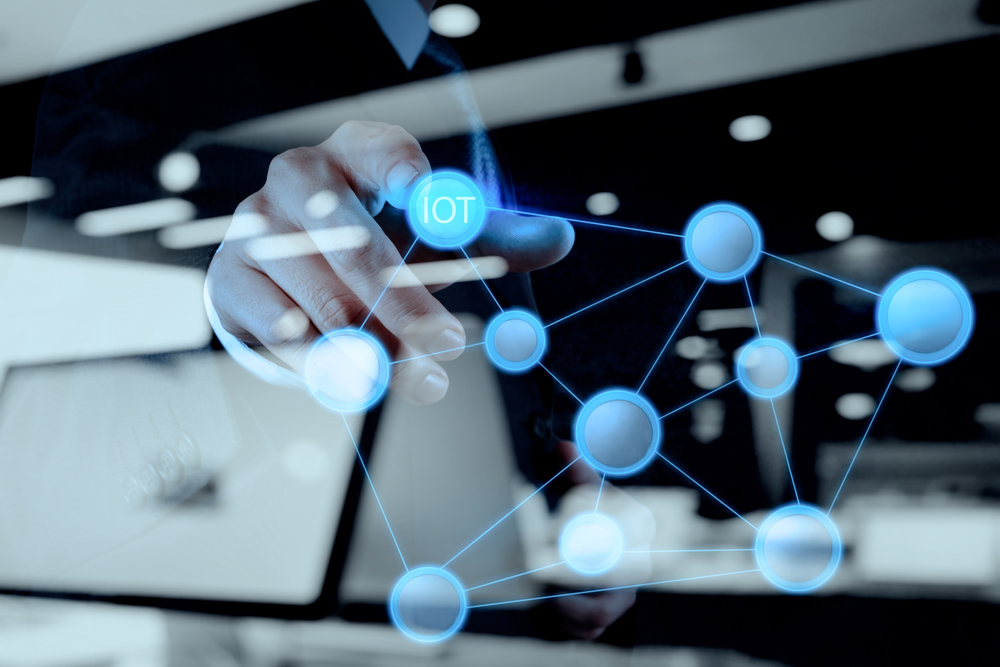The Internet of Things (IoT) is a key technology for business, which can be seen by the number of current programmes and business initiatives related to it.
A three-year programme called IoTUK was launched last month by the UK government, which is committed to invest £40 million to advance IoT in business and public sectors.
Deutsche Telekom and SAP announced at CeBit last year that they would work together on software standards for IoT devices that take the interests of German businesses into account.
Volkmar Denner, the chief executive of Bosch, announced last May that the future of his company depends on the IoT. With products including home appliances, auto parts, and industrial tools and monitoring systems, the company is aiming to connect devices over the internet to fuel smart homes and cars, and to digitise Bosch manufacturing in ‘smart’ factories.
>See also: Just paranoid? We break down the top three Internet of Things conspiracy theories
Clearly the opportunities are there. The key to successful IoT initiatives will be the organisation’s ability to implement those IoT applications that can demonstrate success, result in a strong ROI and bring additional investment for further development.
Operational efficiency
The IoT has helped improve industrial output. IoT systems have been used to create production dashboards that use real-time data from sensors and then integrate this information with enterprise systems, enabling managers to continuously improve operational efficiency.
Virgin Atlantic has equipped Boeing 787 aircraft and cargo devices with internet-connected sensors generating a large volume of data to predict maintenance requirements and improve flight and fuel efficiency.
Healthcare has embraced IoT to transform data sharing between medical devices (via internet, intranet or RFID) into a lifesaving operation. The Clermont-Ferrand University Hospital in France developed a system that enables nurses to send patient data directly from their patients’ medical devices.
The hospital benefits from a fuller data set and fewer errors, increasing the timeliness and quality of healthcare, while health care workers gain valuable time to service more patients.
Compliance and risk
The IoT can enhance compliance processes by sensing and reporting a wide variety of conditions: temperature, humidity, air pressure, smoke, proximity, light, radiation, toxic gases, weight, speed, momentum, orientation, electromagnetism, vibration, sonic levels, speech and much more.
As conditions move dangerously close to non-compliance, automated remedies, alerts, alarms and escalations can be triggered. Proper logging and reporting of events can also be enabled.
For example, at a modern calf slaughterhouse, an IoT application for food traceability tracks the entire supply chain so that any individual cut of meat can be traced to the source animal. Greyhound is loading every bus with new technology, including adaptive cruise control and sensors on brakes so they can assess drivers’ safety compliance.
In addition, the IoT can also reduce risk across a wide variety of business processes. Applications for perimeter access control, avalanche early warning systems, fire detection, pollutant monitoring, leak detection, tampering detection, and many other risk reduction and avoidance systems are using IoT technologies.
For example, today an IoT application controls backstage access to hundreds of sporting and entertainment venues across the United States through a network of pass readers and access control devices.
ROI from IoT
Although there are ample opportunities to leverage IoT technologies, companies need to take a hard look at the costs and return on investment.
For all the IoT examples presented, sharing data is a key requirement for success. In order for an IoT project to bear fruit, there needs to be openness and accessibility of data as well as common structures and formatting, standardised ways of representing data and information, and clarity around data privacy, security and integrity.
>See also: The rise of 5G: the network for the Internet of Things
Platforms that provide a common and secure method for integrating data can help reduce the cost and time needed to develop and implement IoT systems.
These systems also need to be able to scale cost-effectively to be able to handle millions of micro-transactions per second coming from vast networks of sensors, controllers, beacons, smartphones, tablets and other devices.
By utilising IoT, companies can increase their efficiency and revolutionise the customer experience. Organisations that leverage IoT technology successfully and profitably, can take an important leap forward to become market leaders.
Sourced from Stephan Romeder, Magic Software Europe










